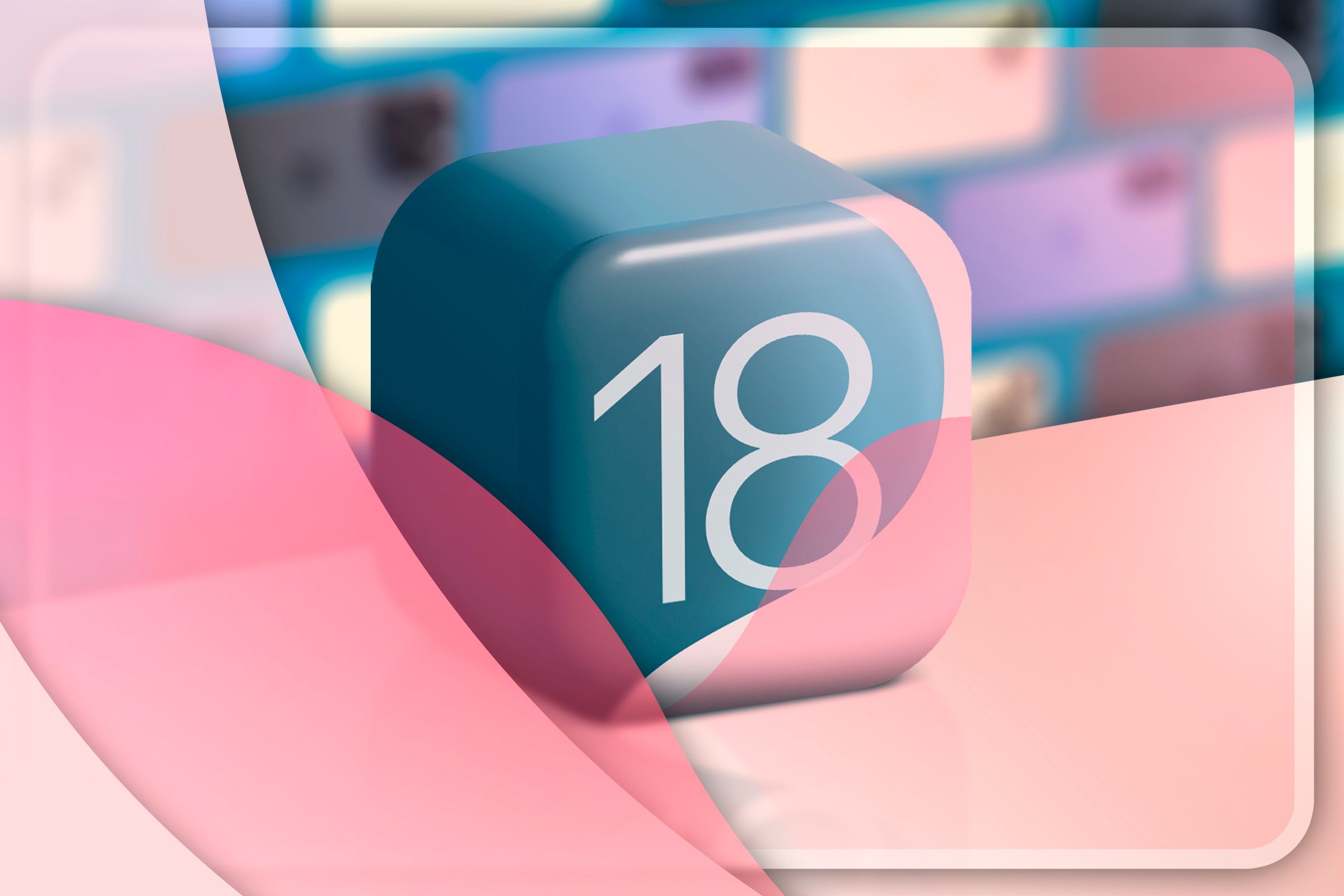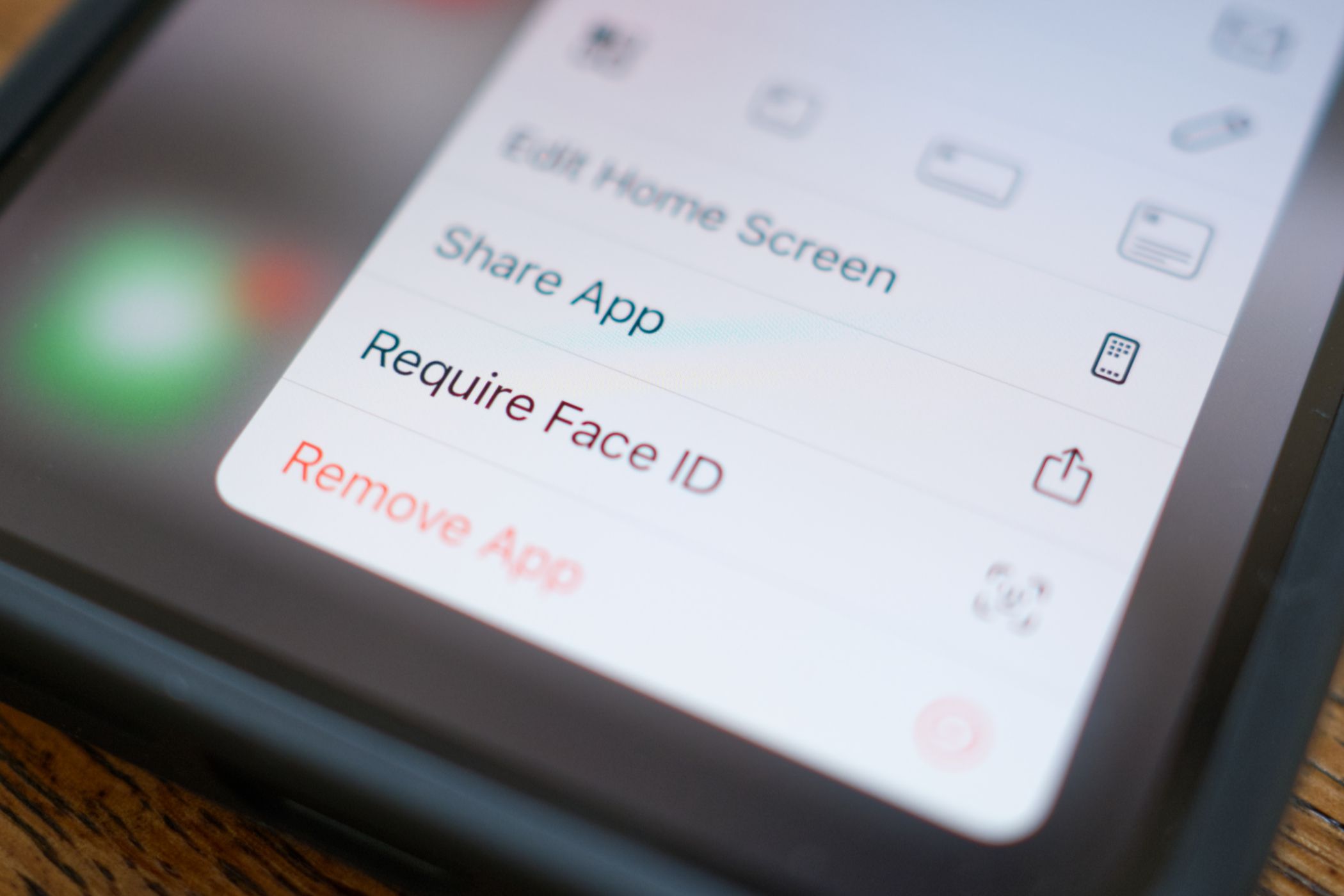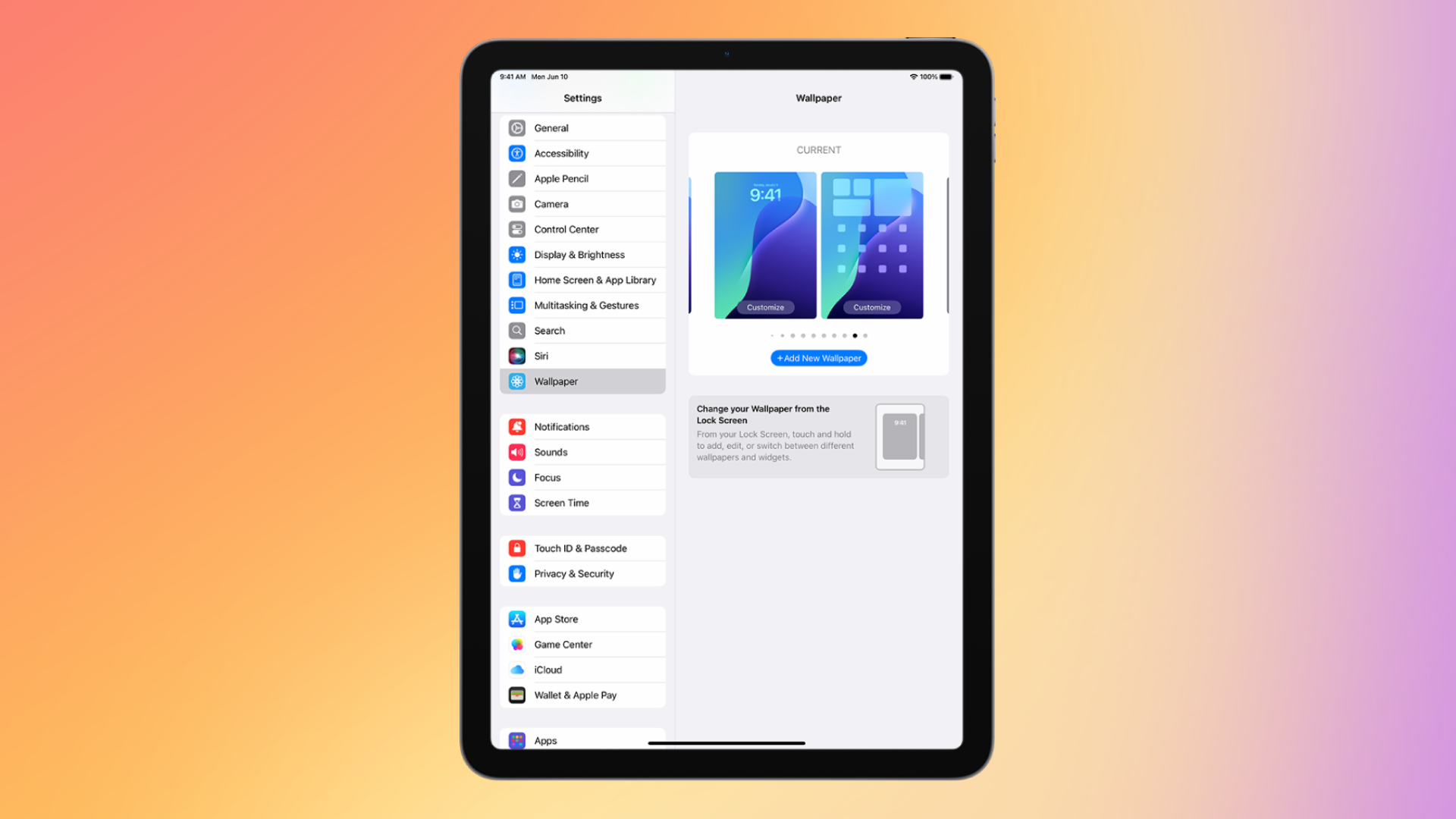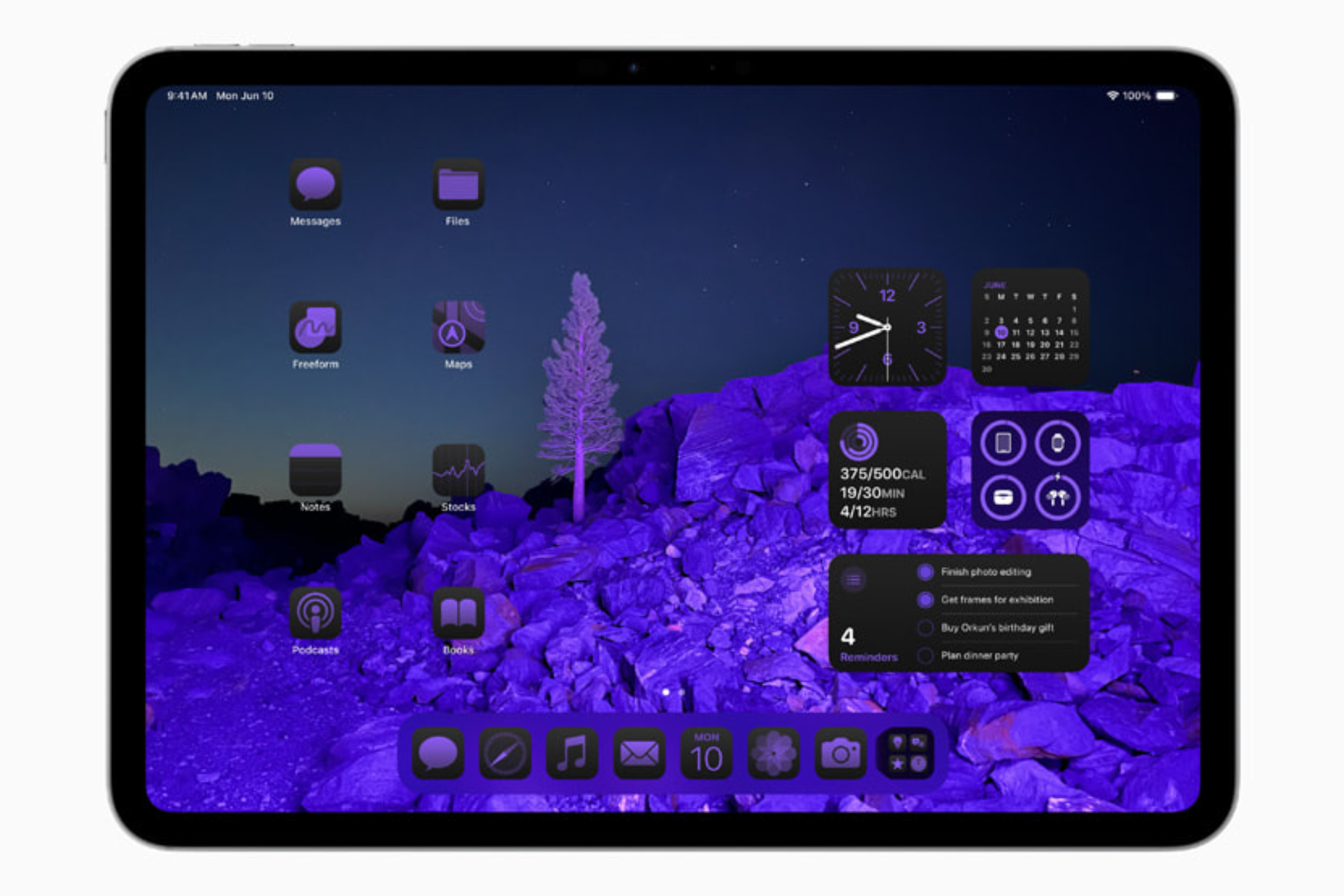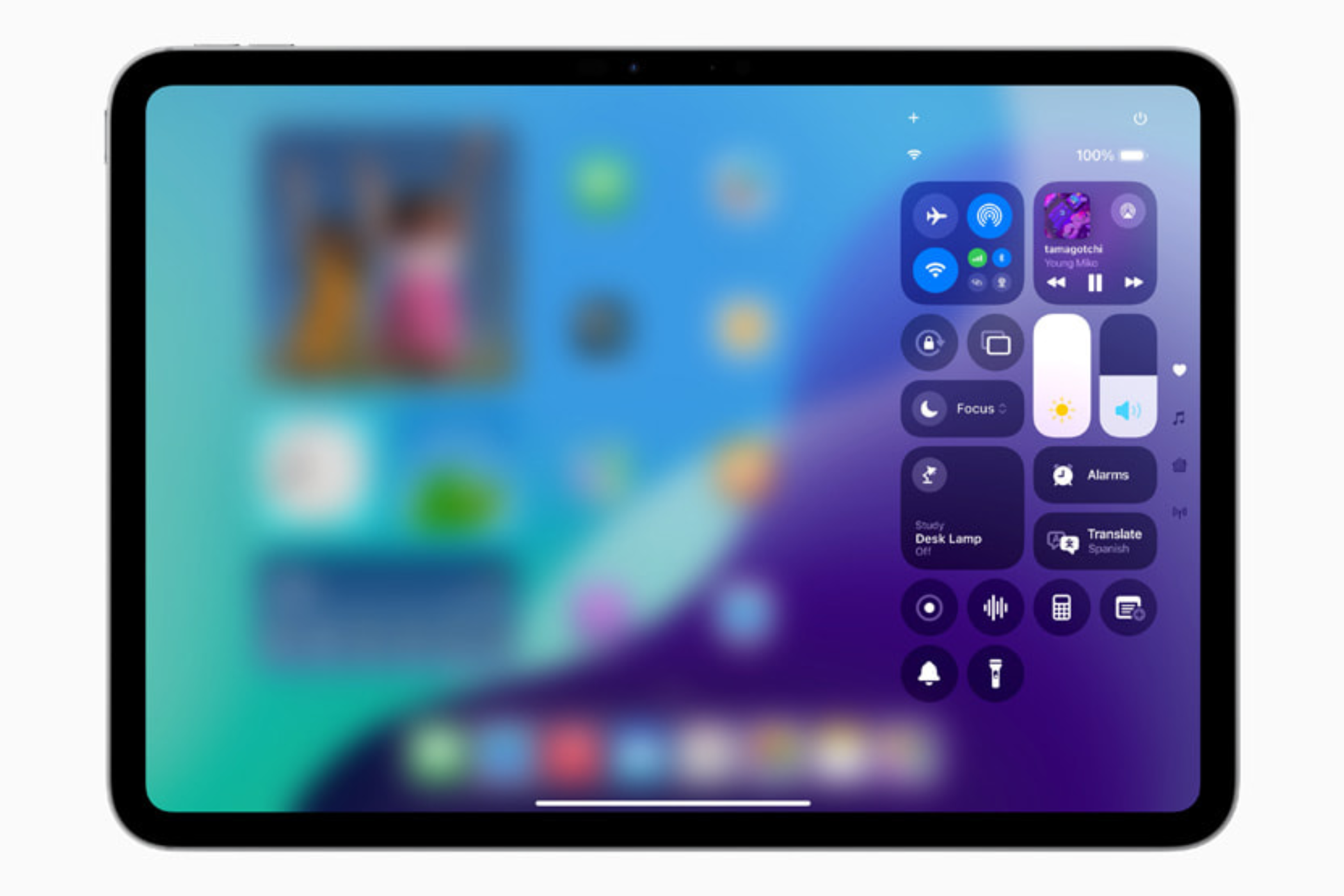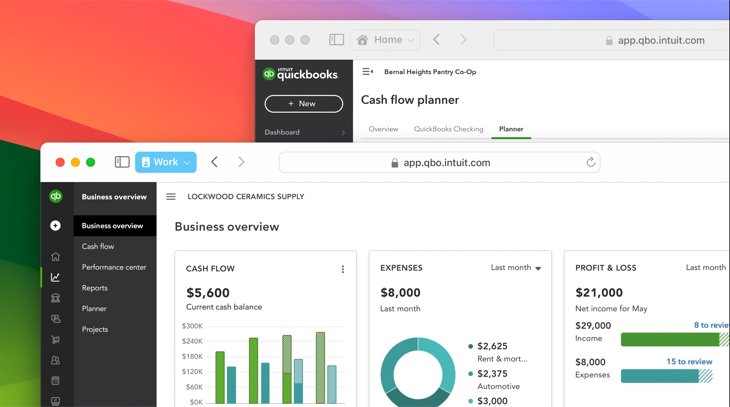Getting a new tablet is exciting, but before you can really make the most of it you’ll need to set things up properly. Here’s a shortlist of things you should run through before you start using your new tablet.
1 Restore or Sync Data From Other Tablets
The first thing you should do after getting a new iPad is restore or sync data from another device, such as an older iPad or an Android tablet. Obviously, this doesn’t apply if this is your first iPad so feel free to read on.
If you need to restore data from an old iPad, use the Quick Start feature that appears when setting up the new iPad. Quick Start works on both a new iPhone and an iPad, giving you the option to directly restore data from your previous iPad or download and restore an iCloud backup.
Alternatively, you can use a wired connection with your previous iPad or a computer (Mac or Windows PC) to sync the data to a previously-created backup. Whatever you choose, your new iPad should be ready to use within 20 to 30 minutes (or more if the backup is massive).
2 Check for Software Updates
Usually, the setup process involves upgrading to the latest iPadOS version. However, on the off chance that your iPad missed it, you should manually check for updates and download if any are available. This way, your device is up-to-date with the latest features, security patches and bug fixes, and performs to the best of its ability.
After restoring the backup on your new iPad, head to Settings > General > Software Update and check whether a software update is available. If there’s a new iPadOS version out there, consider downloading and installing it for the best iPad experience.
3 Pair Your Apple Pencil (and Other Peripherals)
The next thing you should do is pair your Apple Pencil with your new iPad. I feel like Apple doesn’t get enough credit for making a stylus pen that is as useful and versatile as the Apple Pencil. Depending on the iPad and Apple Pencil model you get, you can follow one of the following methods.
If you have an Apple Pencil (1st generation), plug it into the Lightning connector on iPads with a Home Button or the USB-C port on your iPad (via a USB-C to Apple Pencil adapter). On the other hand, if you have an Apple Pencil (2nd generation), attach it to the magnetic connector on the side of your iPad.
The Apple Pencil (USB-C) can either connect directly to a supported iPad’s USB-C port or via an extension cable. If your Apple Pencil isn’t pairing with your iPad, consider leaving it plugged in to charge for a bit and then try the process again.
Pairing Apple’s peripherals, like the Magic Keyboard or AirPods, is easy. Connect the keyboard directly, and open the AirPods near the iPad to start the process (they will pair automatically if you have set them up with your iPhone already).
Connecting third-party accessories, like Bluetooth speakers or game controllers, entails opening the Bluetooth settings menu, putting your accessory into pairing mode, and then tapping on it when it appears in the Bluetooth device list.
4 Set Up Touch ID or Face ID
If you haven’t already set up the Touch ID or Face ID during the setup process, you should do so as you start using your new iPad. This adds a layer of security and convenience to your iPad, as unlocking the device, downloading apps, or authorizing payments can be taken care of via biometric authentication.
To activate Touch ID, head to Settings > Touch ID & Passcode, and set up the feature by scanning your finger. If you wish to use Face ID on your new iPad, go to Settings > Face ID & Passcode > Set up Face ID, and follow the onscreen instructions to complete the process.
5 Customize the Wallpaper
The native iPadOS wallpapers are good, but that shouldn’t stop you from customizing your tablet how you like it. To do so, you can change the wallpaper by heading to Settings > Wallpaper > Add New Wallpaper and selecting the available options.
While selecting a new wallpaper for your iPad, you can choose from Photos, Photo Shuffle, and Live Photos, among other options, on which to base your wallpaper. Alternatively, you can create an emoji pattern, a picture of the local weather, or select from one of the featured sets, which includes Collections, Astronomy, Weather. Our guide to cycling your iPhone’s wallpaper automatically should also work on the iPad.
6 Set Up the Home Screen Just How You Like It
I personally prefer to have a clean and minimal Home Screen with only the required app icons. If you’re like me, consider hiding the unnecessary apps from your iPad’s Home Screen by long-pressing the app icon then using the “Remove App” button.
Apps that are removed from the Home Screen still appear in the App Library. To fully hide an app on your new iPad, touch and hold on its icon, select “Require Face ID” (or Touch ID or Passcode). This will make it appear as if the app isn’t on your device at all, perfect for hiding apps from prying eyes.
To view the list of hidden apps, go to the App Library and scroll to the bottom, and tap on the “Hidden” category. You can unhide an app by tapping and holding its app icon here and reversing the process.
7 Customize the Control Center
With iPadOS 18, Apple revamped the Control Center in favor of more customization. While it looks and feels different from the Control Center on older iPadOS variants, the tiles and controls are familiar. Even though the default control setup is pretty good, you can rearrange, remove, resize, and add more controls or entire Control Center pages.
To customize the Control Center on your new iPad, open it by swiping down from the top right corner of the screen and tap the plus icon at the top left of the Control Center interface. Now, you can drag a control to change its position, tap the minus sign in the upper-right corner of the control to remove it, or drag the handle in the bottom right to resize a control.
You can add more controls by selecting “Add a Control” and choosing one from the available options. If you want, you can add an entire Control Center page with the controls you want to include. Simply hit the plus icon at the top right, select the circle icon on the right side of the controls, and add the controls you think are right.
8 Change the Display Resolution
Although you can’t directly change the native resolution of your iPad’s screen, there’s a feature on the iPad Air (5th generation), iPad Pro (11-inch, 1st generation or later), and iPad Pro (12.9-inch, 3rd generation or later) that lets users expand their workspace to accommodate more windows and content on the screen.
The feature is called Display Zoom, and it is situated in Settings > Display & Brightness > Display Zoom. Once you’re in, select the “More Space” feature. The feature scales all visual elements on the screen (makes them smaller in proportion), making it look like you’ve increased the resolution.
9 Set Up Safari Profiles
If you wish to differentiate between the tab groups on Safari, like those for work, education, or personal, consider creating Safari Profiles. Each profile has its own search history, cookies, website data, and extensions. To create one, head to Safari > Create Profile or Safari > Settings > Profiles.
Tap the “Start Using Profiles” option, then add the basic details like name, symbol, color, and favorites. Finally, hit the “Create Profile” button. When you create a profile, the Safari toolbar displays a button with its name. If you create multiple profiles, you can tap on this button to switch to another profile.
10 Enable the 80% Charging Limit
On the latest iPad Pro (M4) and the iPad Air (M2), you can set a charging limit at 80%, which helps extend the battery’s overall lifespan. The feature works in a similar manner to the new iPhones.
While the iPad stops charging as the battery reaches 80%, it resumes charging if the battery level drops to 75%, charging it again to 80%. To enable the feature, go to Settings > Battery > Battery Health and enable 80% Limit.
This is a great way to prolong battery health, though you can always disable it for those instances when you need 100% charge (like on a long flight).
Most recently, Apple launched a new iPad mini with the A17 Pro chip that supports Apple Intelligence. Learn more about the new AI features that have arrived with iPadOS 18.2.



